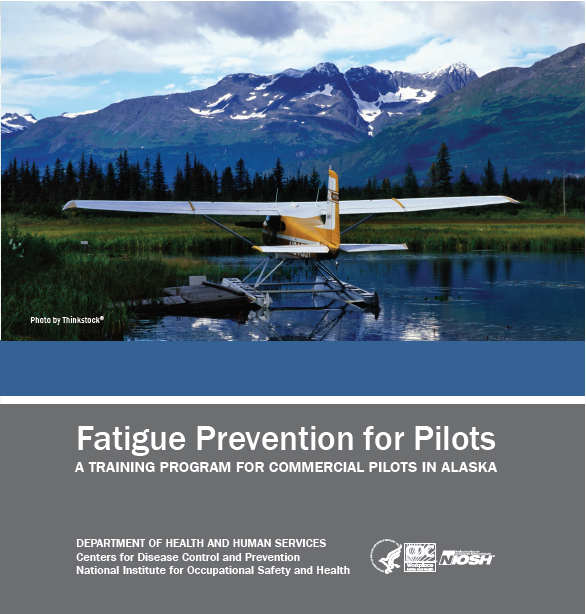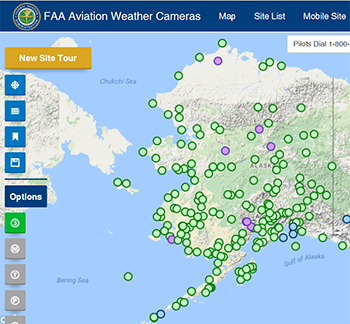Health Communications and Training Solutions

Pilot receives instruction on multifunction display, pilot flies flight simulator.
The goal of the NIOSH Health Communications Team is to translate the results of the aviation program’s epidemiologic research into products and tools which can be used directly by the aviation industry to reduce injuries and fatalities among workers. The health communications staff work closely with researchers during project planning and implementation to collect qualitative information on pilots’ communication preferences. Our program publishes a variety of information in NIOSH-numbered publications, industry trade journals, and on the Internet. We work with our partners to disseminate information on products that will improve safety in the aviation industry. Some examples of our program outputs and those of our partners can be found below:
Fatigue Prevention for Pilots

Fatigue prevention training developed for pilots, DHHS (NIOSH) Publication Number:2016-162.

NIOSH Staff show the training to a pilot recurrent training class.
The National Transportation Safety Board reviewed 182 major investigations completed during 2001-2012 and found that fatigue was identified as a probable cause, contributing factor, or a finding in 20% of these investigations. Fatigue is a general lack of alertness and degradation in mental and physical performance, and can affect pilot alertness, performance, and judgment during flight.
In order to help pilots avoid flying fatigued, NIOSH recently completed a fatigue prevention training for commercial pilots in Alaska.
Hangar Flying

NIOSH partners with the Alaskan Aviation Safety Foundation to present Hangar Flying, a television program shown on Alaska Public Media twice a week during the Alaska Weather program. These short segments feature interviews with aviation safety professionals, information on new regulations and interventions and other safety topics pertinent for pilots, passengers and aviation enthusiasts.
Aviation Training Devices and Simulators

Pilot flies Medallion Foundation’s Super Cub simulator.
Training can help reduce aviation accidents by replicating the flight environment and allowing pilots to practice emergency procedures, weather encounters, managing avionics and flight management systems, and crew resource management. The Medallion Foundation is a non-profit group in Alaska that provides Aviation Training Devices (ATDs) and Simulators for pilot use at 16 locations throughout the state. Pilots can train in specific locations such as mountain passes or fjords under any weather condition in a variety of aircraft, including a BN 2 Islander, CASA 235, DC3, DC9, King Air 350, Lake Amphibian, Q400, Skyvan, T33, Twin Otter, Vampire, and 737BBJ. A full-motion Super Cub Simulator is located in Anchorage.
FAA Aviation Weather Cameras

FAA website shows location of aviation weather cameras in Alaska.
After aviation weather cameras were initially installed in remote locations and mountain passes in Alaska, the FAA and the National Weather Service received additional funding to improve flight safety. There are currently over 200 cameras installed around the state that provide real-time information on weather conditions. These cameras can be accessed through this site: http://avcams.faa.gov/
AOPA Online Training Courses

AOPA training courses cover the spectrum of aviation safety education, including runway safety.
The Aircraft Owners and Pilots Association’s Air Safety Institute produces programs with the goal of helping all pilots fly safer. Online courses, videos, podcasts, quizzes, and a comprehensive library of safety documents are available at no cost at https://www.aopa.org/training-and-safety/online-learning.
- Page last reviewed: January 3, 2017
- Page last updated: January 3, 2017
- Content source:
- National Institute for Occupational Safety and Health Office of the Director


 ShareCompartir
ShareCompartir